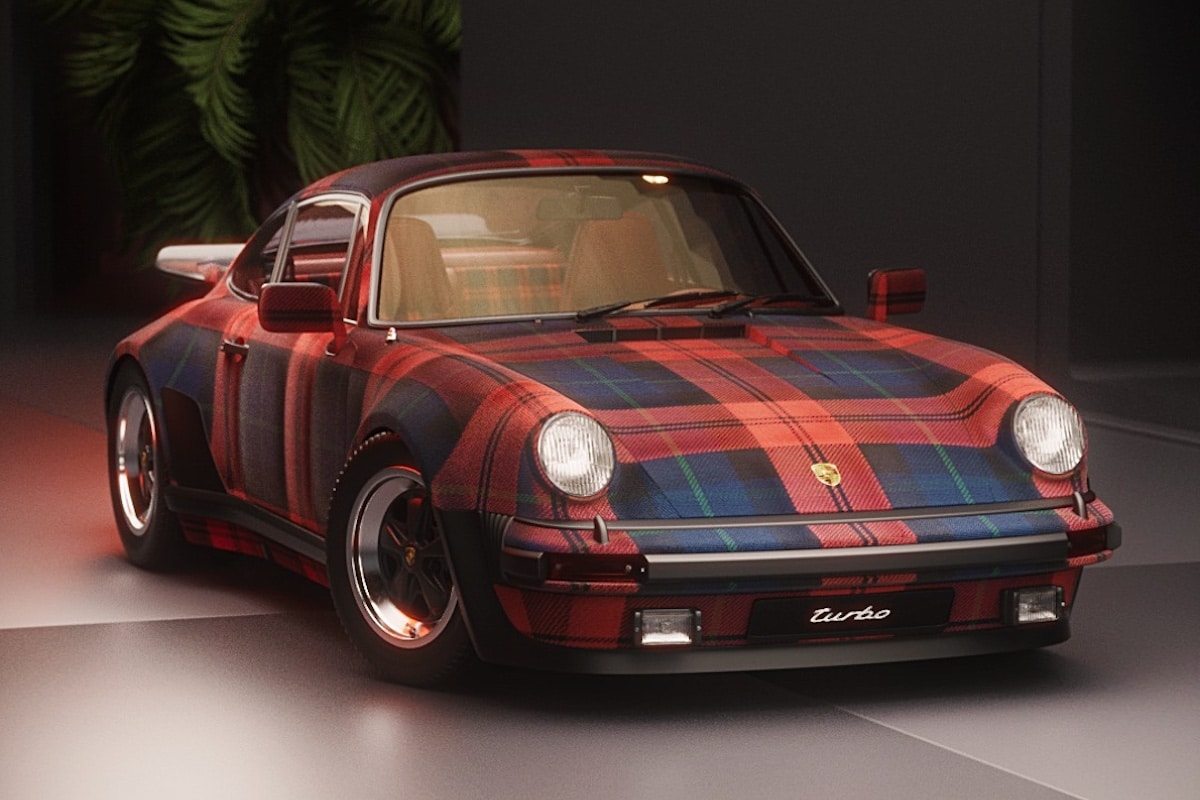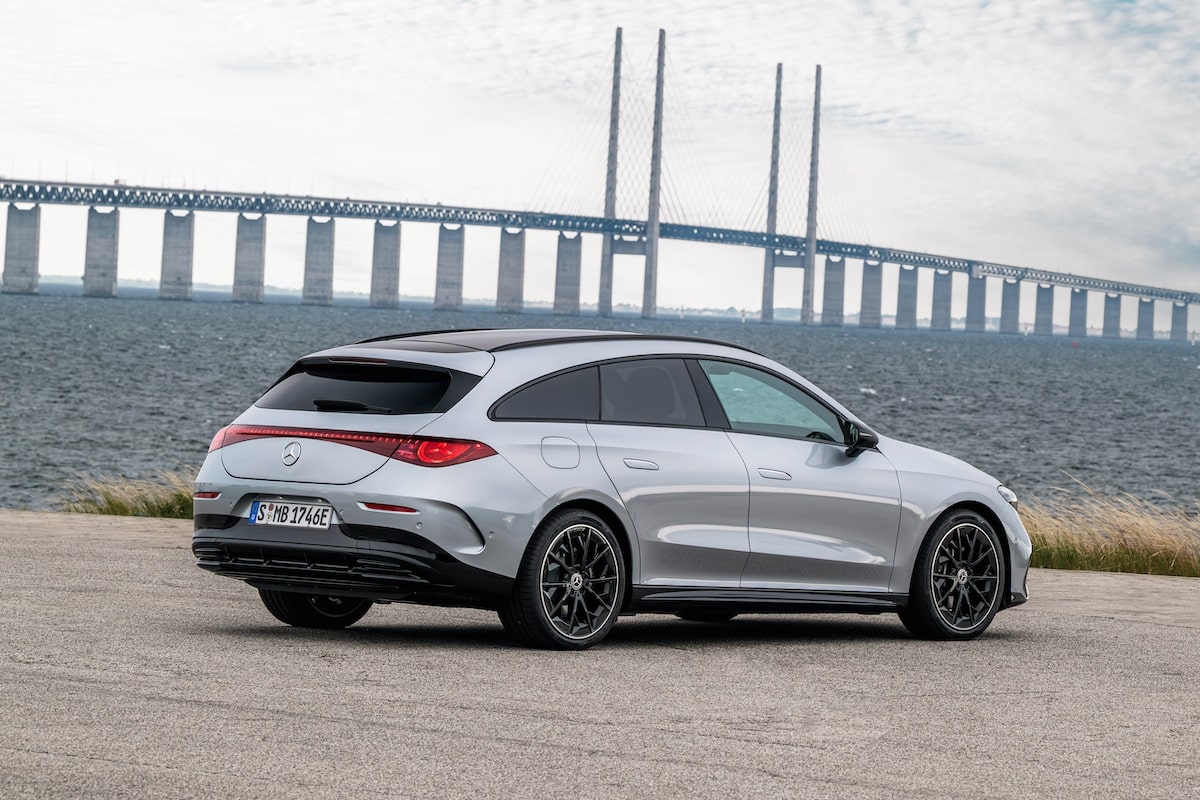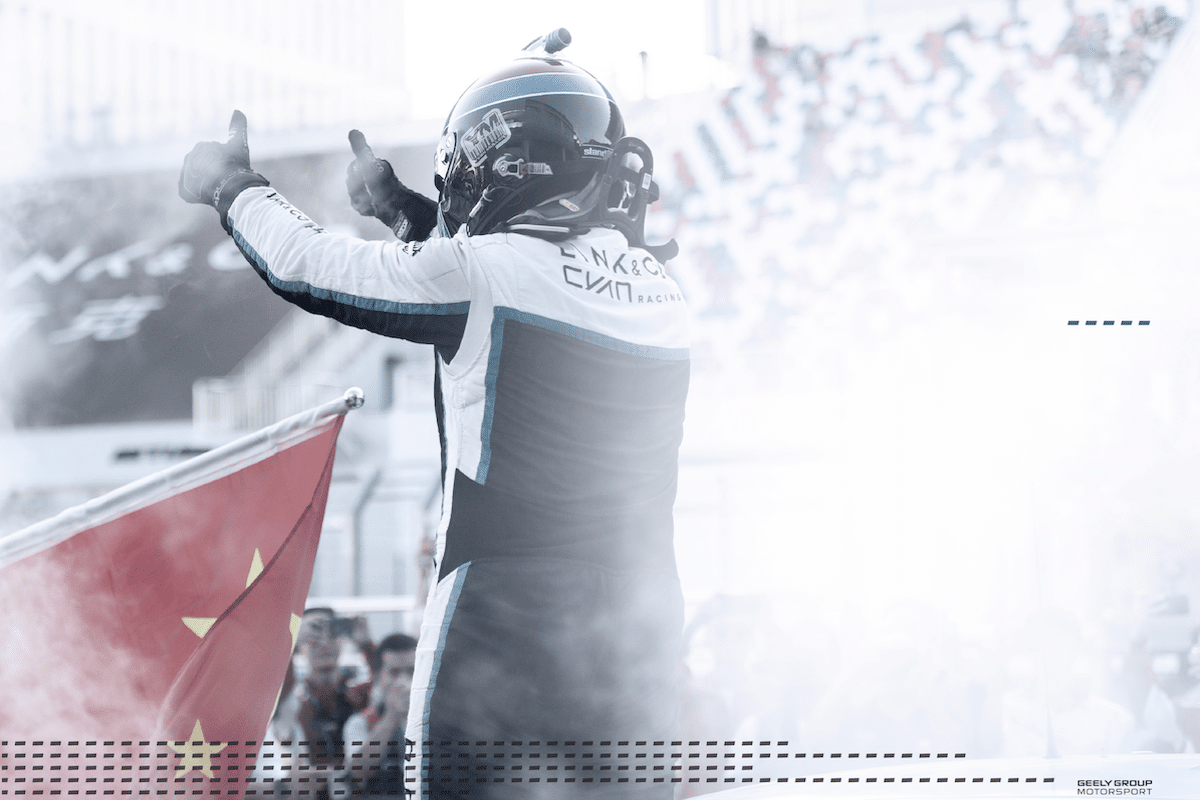Why Tartan in Porsche?

How did the tartan pattern, which has nothing to do with Germany, make its way into Porsche’s most sporty models?
Tartan is traditionally associated with Scotland, where the distinctive interwoven patterns of different clans symbolize identity, belonging, and pride. Fifty years ago, the first Porsche 911 Turbo was launched, featuring three exclusive tartan patterns. Although tartan fabrics have been replaced by other patterns and materials, this marked the beginning of a lasting association between Porsche and tartan.
The introduction of tartan into Porsche interiors came from an unlikely source: a pair of tartan pants worn by Anatole Lapine, Porsche’s chief designer at the time. Inspired by his bold style choice, the design team decided to explore how this classic pattern could add a unique touch to the interiors of their cars. Unfortunately, traditional Scottish weavers could not provide a fabric durable enough to outfit a car’s interior. It was only when Dorothea Müller-Goodwyn, Porsche’s stylist from 1970 to 1975, found a supplier in Germany that Porsche was finally able to incorporate it into their production models.


The tartan interior quickly became a distinctive feature of Porsche’s high-performance models, notably in the 911 Turbo “No. 1” gifted to Louise Piëch for her 70th birthday in 1974. This car showcased a unique combination of a silver body and brick red leather seats with McLaughlin tartan accents, demonstrating how tartan could be both classic and bold in the Porsche world.
To celebrate the 50th anniversary of the Turbo, the new 911 Turbo 50th Anniversary model is adorned with a classic tartan fabric, reinterpreted for the modern interior of the car.
ALSO READ: This Porsche is unique in the world
This page is translated from the original post "Pourquoi du Tartan dans les Porsche ?" in French.
We also suggestthese articles:
Also read





